As previously reported by Magyar Nemzet, an LGBTQ film festival called Sunny Bunny began in Kyiv on Good Friday. The festival has required heightened security measures in the past. Before the 2023 opening, two cinemas in Kyiv were threatened with attacks and arson because they joined the program. In 2025, all Christian denominations celebrate Easter on the same day, and the timing and name of the festival provoked criticism—put mildly.

Ukraine Forcefully Pushes for Acceptance of LGBTQ
Over the past decades, many things have been forced down the throat of Ukrainian society, but eventually, people reach their limit. Most Ukrainians are tolerant toward people with non-traditional sexual orientations, but they do not take kindly to a man in a pink thong shaking his backside on Kyiv’s Khreshchatyk Street.
The Slavic image of masculinity has for centuries been that of the tough muzhik—a hardened man—and in this regard, there is little difference between the Ukrainians and Russians at war.
Both societies prefer traditional values.
Kyiv began promoting gay pride marches and LGBTQ propaganda in the country after the so-called Revolution of Dignity in 2014, a Western-backed coup. At that time, all state offices and various institutions were headed by Western-educated professionals, most of whom were supported by Soros's organizations during their studies. And the sensitization has been going on for over a decade, with varying degrees of success.
Pride Participants in Ukraine Often Attacked
The first Kyiv Pride parade was not a great success. Eight years ago, there were more police officers than participants, and the latter were continually attacked, leading to the arrest of fifty people.
The Pride event held seven years ago was not free of violence either. Despite European liberals viewing Ukraine as a land of freedom and free love, the reality is different. Rainbow-clad crowds are often attacked by Ukrainian radical, paramilitary groups—resulting in more violent incidents than in other parts of Europe.

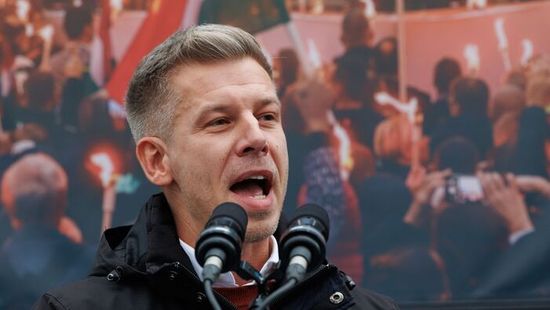
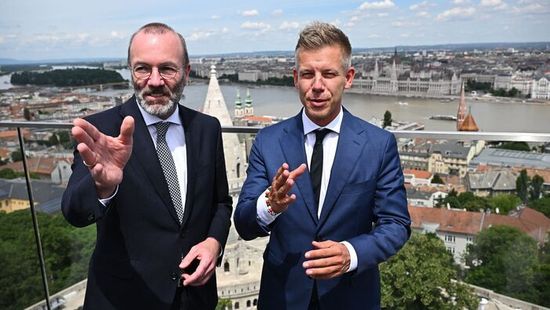
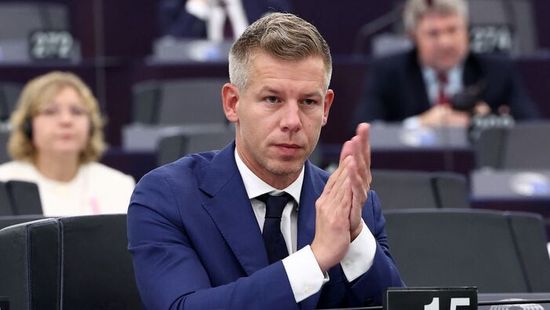
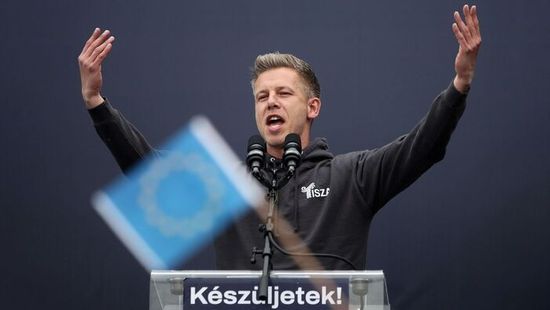








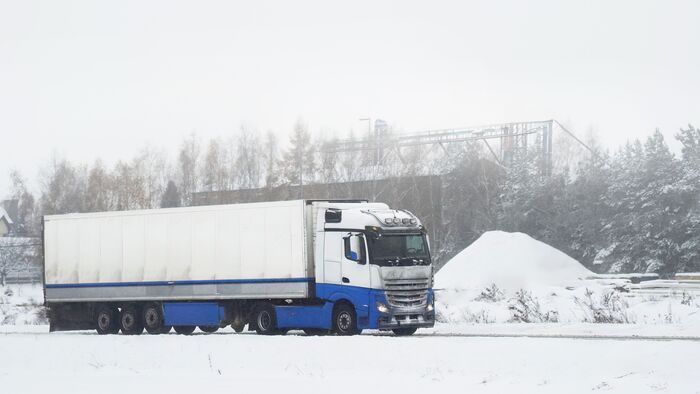
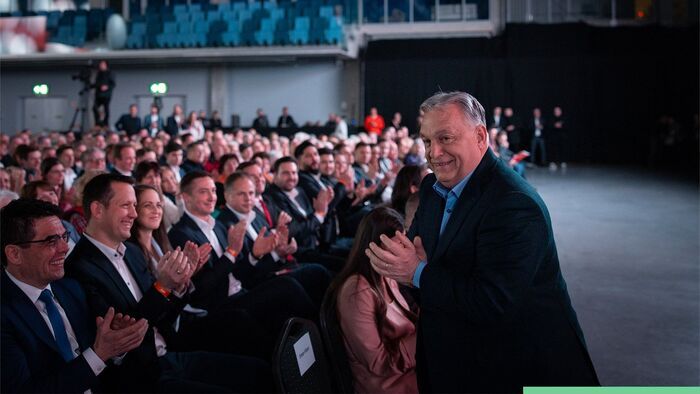

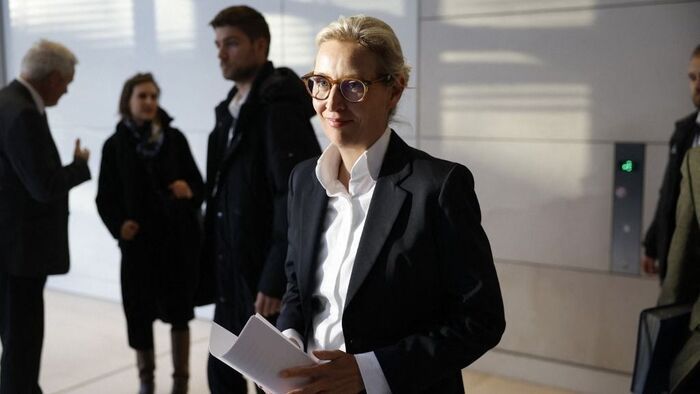

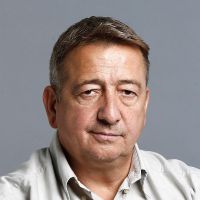
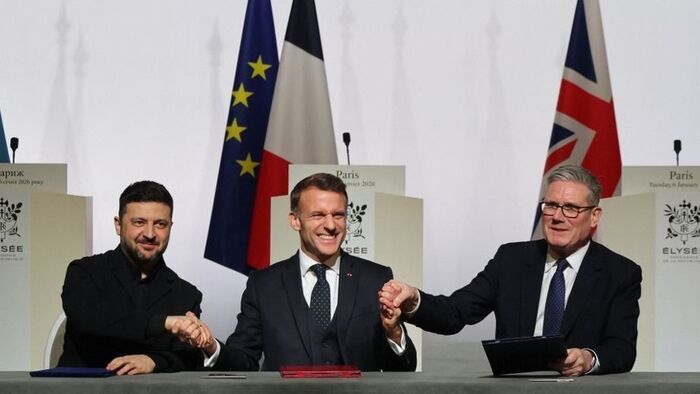
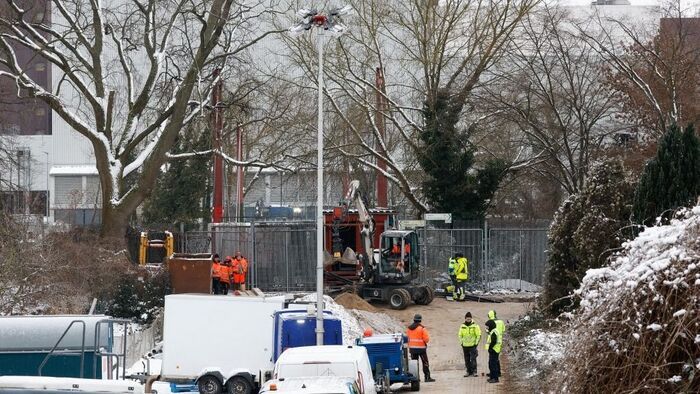


Szóljon hozzá!
Jelenleg csak a hozzászólások egy kis részét látja. Hozzászóláshoz és a további kommentek megtekintéséhez lépjen be, vagy regisztráljon!